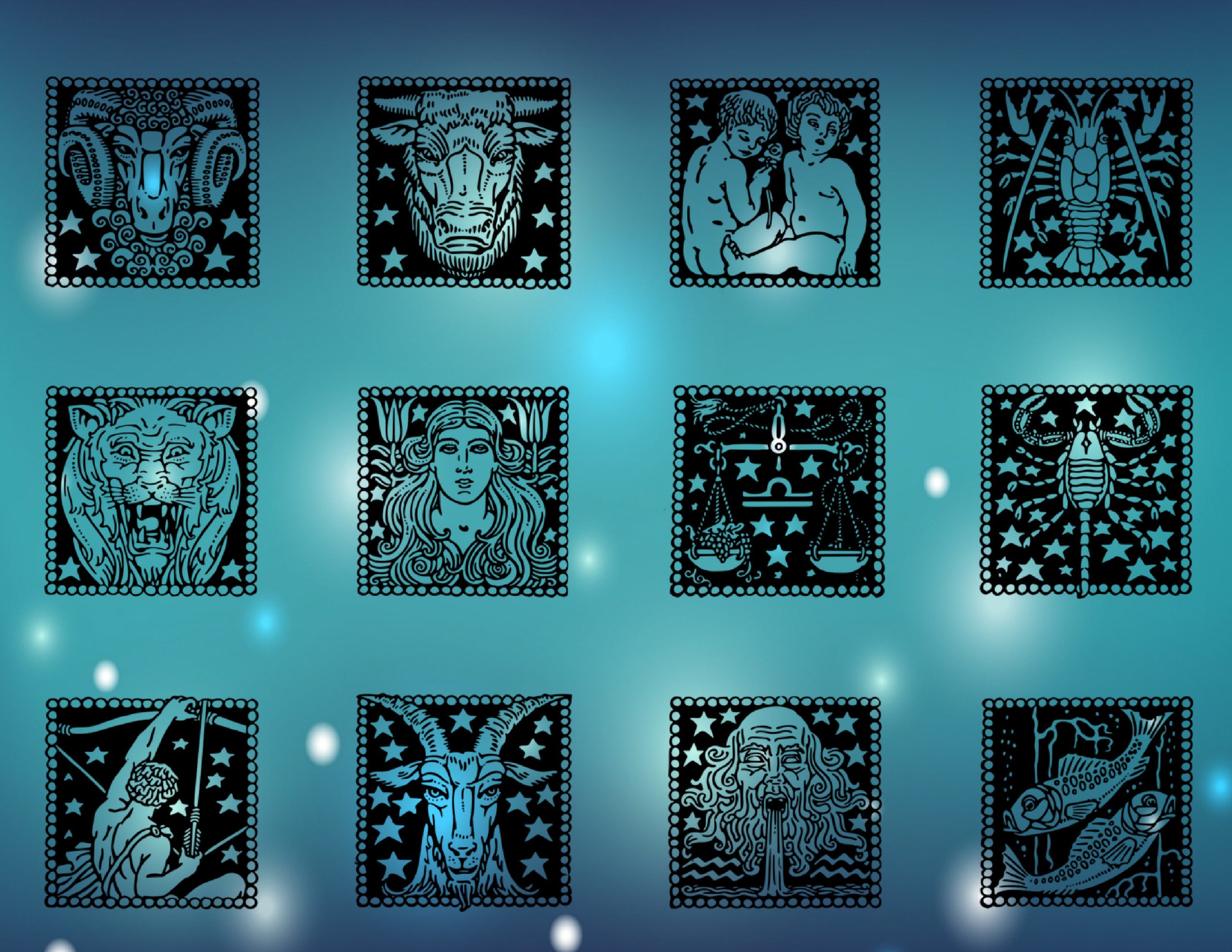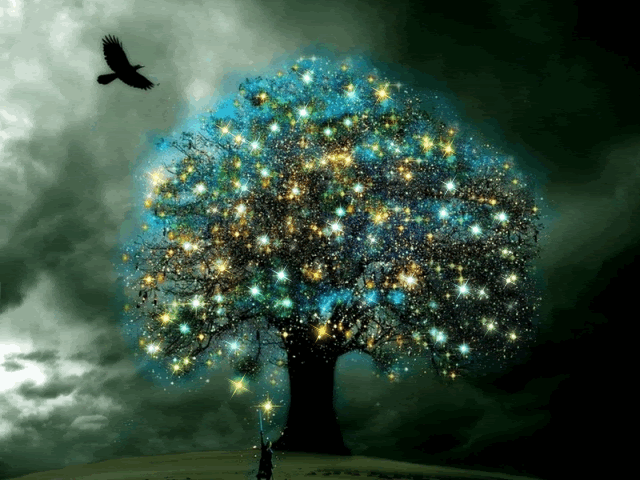
NATURAE HUMANAE
Why are human beings so fascinated by Myths and Legends? The short answer is that they are a part of human history. The longer answer is we need these stories to keep us alive as a Collective Society. Myths, folklore tales and legends get more and more forgotten in our digital, technological advanced culture. But there is great wisdom found in the old tales of our ancestors, in the storytelling of dark mysteries, romantic adventures and brave heroes fighting inner and outer demons.
A myth is a story based on a tradition rather than any real events or people. Myths have been used by different cultures to help explain difficult ideas about the world. For example explaining where the world came from. Myths often involve supernatural beings and have a moral to help people to decide between right and wrong. The hurt, failure or embarrassment experienced by one of the characters is usually contributed to their own stupidity, greed or dishonesty. Of all written myths, the Sumerian Epic of Gilgamesh is the oldest known myth. There are many different types of myth but, essentially, they can be grouped into three:
- Etiological Myths
- Historical Myths
- Psychological Myths
Etiological myths (from the Greek aetion meaning `reason’) explain why a certain thing is the way it is or how it came to be. This type of myth is usually defined as an origin story. Historical myths retell an event from the past but elevate it with greater meaning than the actual event (if it even happened). Psychological myths present one with a journey from the known to the unknown which, according to both Jung and Campbell, represents a psychological need to balance the external world with one’s internal consciousness of it. However that may be, the story of the myth itself usually involves a hero or heroine on a journey in which they discover their true identity or fate and, in so doing, resolve a crisis while also providing an audience with some important cultural value.
The elements of a myth which were most important to ancient storytellers are:
- Characters: Mythical characters are often non-human in some form, they may be related to a god or an animal or other supernatural being. Some stories tell the origin of a culture by mythical ‘first people’.
- Setting: Typically an ancient place, or prior to the time when records were kept. Myths are often set in a place very similar to that which the culture lives, except with supernatural beings or monsters.
- Metaphor: Myths were often created to comment or analyse a real world event through the use of metaphorical language.
- Conflict: Often set up as a duality between good and evil or light and dark, conflict takes up an important place in many myths.
- Resolution: The conclusion of myths always provides a lesson or moral for the reader.
- Metamorphosis: Change is often a core component of mythical stories, a hero can change his views about life or a monster can change from evil to good.
Legends are sometimes just stories that are passed down from generation to generation, or they are events from the past blown out of proportions. They have one thing in common; they become a part of the culture of the people, and usually they impart lessons. Legends are stories with an element of truth. A legend usually has its roots in some important historical event, and is spun around the lives of great warriors. Legends are retold as if they are real events and were believed to be historical accounts. They usually tell stories about things that could be possible, so both the storyteller and the audience may believe they are true. Its meaning stems from the Medieval Latin term legenda, meaning “things to be read.” And from the Latin legendus.
Legend also refers to anything that inspires a body of stories or anything of lasting importance or fame. The story is handed down orally but continues to evolve with time. Much of early literature began as legend told and retold in epic poems that were passed down orally originally, then at some point written down. These include masterpieces such as the Greek Homeric Poems (“The Iliad” and “The Odyssey”), circa 800 BCE, to the French “Chanson de Roland,” circa 1100 CE.
Legend, for its active and passive participants includes no happenings that are outside the realm of “possibility”, defined by a highly flexible set of parameters, which may include miracles that are perceived as actually having happened, within the specific tradition of indoctrination where the legend arises, and within which it may be transformed over time, in order to keep it fresh and vital, and realistic. A majority of legends operate within the realm of uncertainty, never being entirely believed by the participants, but also never being resolutely doubted.
On these pages you will find a cornucopia of myths and legends – some of which you may be familiar and others unknown to you. Knowledge in all its forms is always a good thing.
The Guide of MYTHOS is Judah Prefarious The Traveler

“Peruse our YARNS in the following BLOG SECTION below…”










